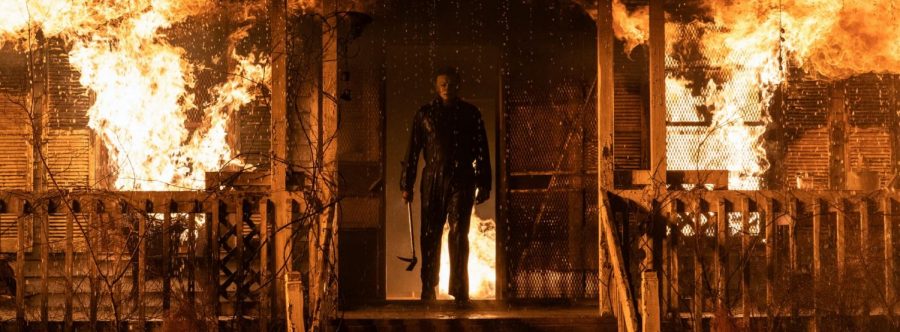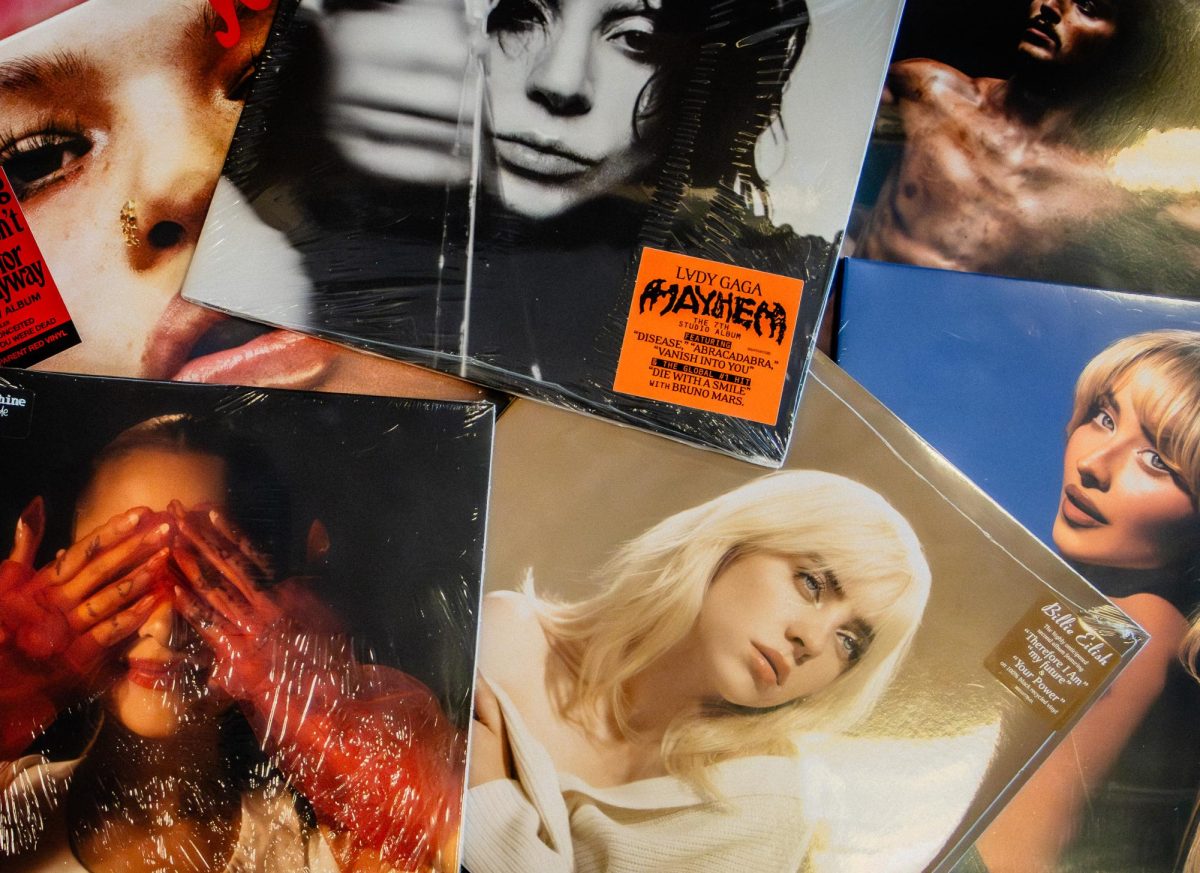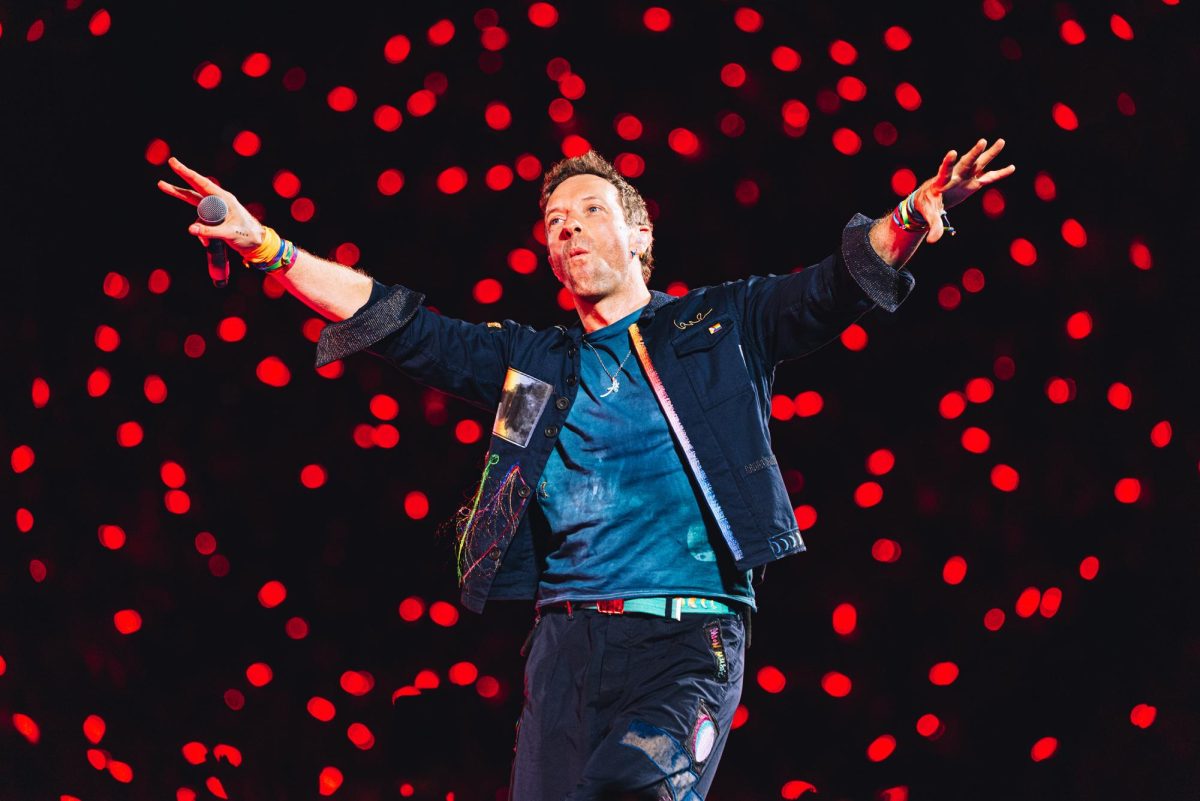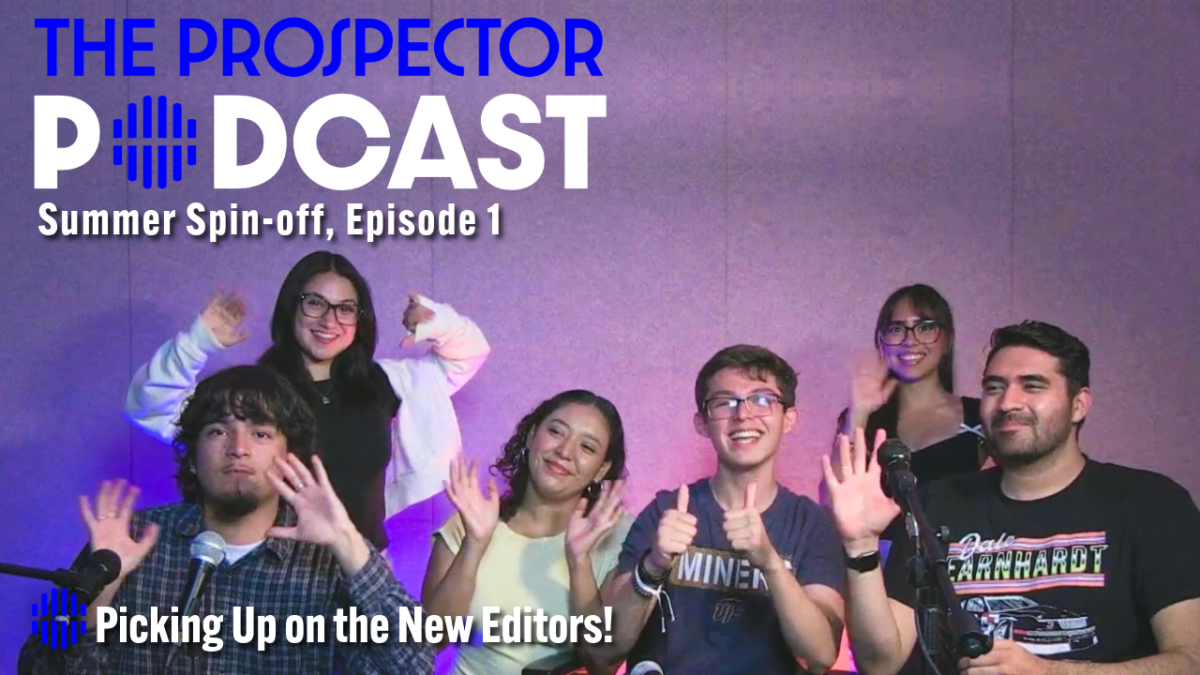“Halloween Kills” is the sequel to the lauded reboot-sequel “Halloween” (2018), starring Jamie Lee Curtis as Laurie Strode, Anthony Michael Hall as Tommy Doyle, Judy Greer as Karen Nelson, and Andi Matichak as Allyson Nelson. James Jude Courtney (and sometimes Nick Castle) reprise the role of Michael Myers as he leaves a trail of corpses on his path to his childhood home with hordes of people out to kill him.
“Halloween Kills” is a continuation of the night at the end of the first film, although it detours for about 20 minutes to establish what happened to Michael on that Halloween night in Haddonfield 40 years ago through flashback, simultaneously explaining the role of new characters and re-introducing old ones. Tommy Doyle, the boy Laurie Strode babysat that night, has resolved to fight against the evil that has plagued the town and his indignation towards Michael inspires groups across the town to take up arms and kill Michael at any cost.
Unlike its predecessor in 2018, “Halloween Kills” is grotesque in its use of gratuitous violence that is glorified rather than suggested, and story takes a backseat to Michael’s killing spree and the full-throttle gore-factor without time to process emotions or repercussions outside of a few select lore establishment scenes. This film can’t help but suffer from the fact that it is the middle part of a trilogy, lending some resolution to previously unanswered questions but posing even more, and with a franchise based off such a simplistic concept, there is inevitably a divide between viewers that want more to digest and those that just want violence that gives you indigestion. Overall, a solid entry into a once nearly direct-to-DVD franchise, but it will not sit well with everyone and might feel hollow without any prior context.
SPOILERS FROM THIS POINT ON.
Interestingly, this film somehow lacks a plot even more than the original 1978 film. Though this could be attributed to the fact that it is the second film in a trilogy, it does very little to progress the overarching story and instead meanders around cameos, returning characters and references. Ultimately, the only thing the film accomplishes is establishing how vile and unrelenting Michael is, teetering the brink of supernatural strength but never claiming it outright and setting him up as the insurmountable enemy for the next film.
We learn through officer Hawkins, who was stabbed and dying at the opening of the film, that he is the reason Michael is still alive. The flashback to 1978 reveals that Michael escaped back to his own home after being shot off the balcony by Dr. Loomis (who briefly appears, portrayed by look-alike Tom Jones, Jr.). After a confrontation with Hawkins and another officer, Hawkins accidentally kills his partner (which is covered up by another officer) and the Shape slips away, only to be surrounded by cops. However, Hawkins stops Loomis from shooting Michael in the head, and thus he blames himself the recent murders.
Tommy Doyle receives a fair amount of screen time, acting as an exposition vehicle, a crowd-pleasing return, and inciting the mob that plunges the town into mass hysteria. It can be difficult to take him seriously during certain scenes due to excessive amounts of cringe-inducing one-liners and occasionally sounding like Hank Schrader from “Breaking Bad.” Many of the people he takes along on his hunt are knife fodder, and while it is eye-rolling when the entire town rallying behind him annoyingly slings “evil dies tonight!” more than 20 times throughout the film, it at least forces everyone to reconcile with the fact that the malice Michael embodies exists within everyone. This also emphasizes the remorse of officer Hawkins, who represents the humanity that remains, furthering the divide between evil and what can be salvaged of the town ravaged by hate and fear.
One thing fans of the franchise will appreciate are the ways the film reconciles decades’ worth of complex storylines into homages or references while firmly establishing itself as its own distinct timeline. There is no curse of Thorn or mysterious man in black with a cult driving Michael’s rage, but Tommy Doyle has remained friends with Lindsey throughout the years. Many were confused and upset by the seemingly pointless twist in the 2018 film where Dr. Sartain puts on Michael’s mask and acts erratically for a few minutes before being promptly killed — however, we are told that it was the doctor’s obsession with Michael’s behavior that brought him back to Haddonfield, not any internal factor or motivation, effectively doing away with the “sister Strode” storyline and making his killing even more terrifyingly indiscriminate and senseless.
On the topic of past films, there were plenty of callbacks and easter eggs. The children that were temporarily stalked by Michael were all wearing Silver Shamrock masks from “Halloween III: Season of the Witch.” There is the iconic Michael head tilt, masked breathing and theme music composed by John Carpenter, but a keen detail is that Michael is old and shown to have a stab in the neck and a missing eye when his mask is removed, scars of his initial confrontation with Laurie. He also sets up gruesome displays with the corpses of his victims much like he did with Lynda in 1978, and there is a neat role reversal towards the end when he is hidden in the closet.
The cinematography is not spectacular, but it is very effective for the film itself. Michael is going for sheer brutality in his kills throughout the film; it is never just to get the job done, it is a coordinated torment. While there are certain scenes where characters struggle against him and the cuts are sputtered and shaky to the point of being distracting, it is made up for by the slow panning, long takes and static shots that really draw out the helplessness of the situation and present him as a looming, unstoppable figure with the form of a regular being. There is also a point-of-view kill and creative subversions of typical hack and slash death tropes. The grain and deep shades of black and blue during the 70s flashback also look great and add a nostalgic touch.
The motifs are heavy handed and introduced within the first few minutes with explicit emphasis in cheesy conversation about a bedroom window and reflections. Throughout the film, Michael is almost constantly shown in a reflection or through glass, an even once in a stream, but particularly while he is killing. Sure enough, it is while looking through the window at the closing of the film that Karen is stabbed by a seemingly indestructible Michael, and he turns to face his reflection.
Overall, “Halloween Kills” is the most killer a filler movie can be. It is a fun time, if gawking at demented slaughtering is your idea of fun… but no one will judge you, it is a slasher after all. Michael remains one of the most elusive and intriguing horror icons to gore the mainstream even after decades of less than stellar films, and “Halloween Kills” is a solid entry to get viewers anticipating the next installment.












